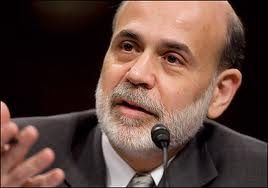Raj Rajaratnam is entering the next phase of his insider trading case. A Federal District Court judge, Richard J. Holwell, sentenced Mr. Rajaratnam to 11 years in a federal prison, and he will now try to remain out of prison as long as possible while his lawyers prepare a promised appeal. This is the longest sentence given for insider trading.
Questions:
1. What did the Henning article mention about the Federal sentencing guidelines and the type of facility that Raj will be placed in?
2. What are the issues regarding bail for Mr. Rajaratnam? Do you feel the time fits the crime? Discuss.
3. How did Mr. Rajaratnam acquire his ill-gotten gains according to Lattman and during what period?
Sources:
Lattman, P. (2011). Galleon Chief Sentenced to 11-Year Term in Insider Case. New York Times, Oct. 13 (Retrievable online at http://dealbook.nytimes.com/2011/10/13/rajaratnam-is-sentenced-to-11-years/)
Henning, P. (2011). The Road Ahead for Raj Rajaratnam, The New York Times, Oct. 14 (Retrievable online at http://dealbook.nytimes.com/2011/10/14/the-road-ahead-for-raj-rajaratnam/)














